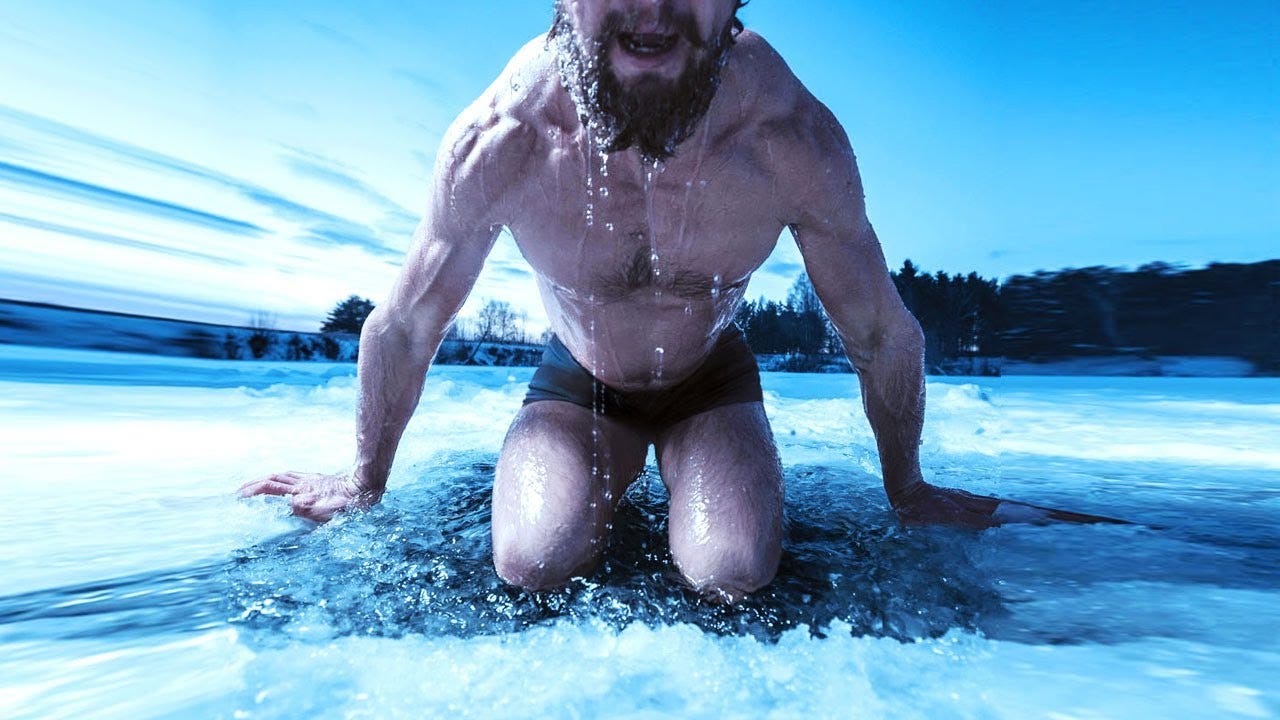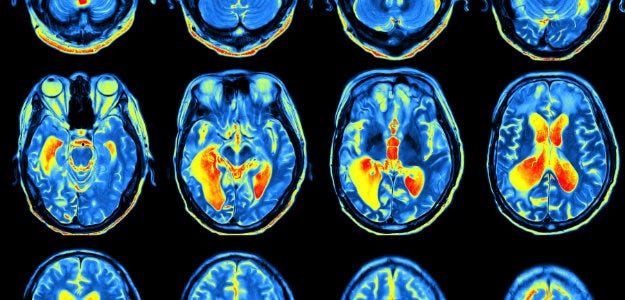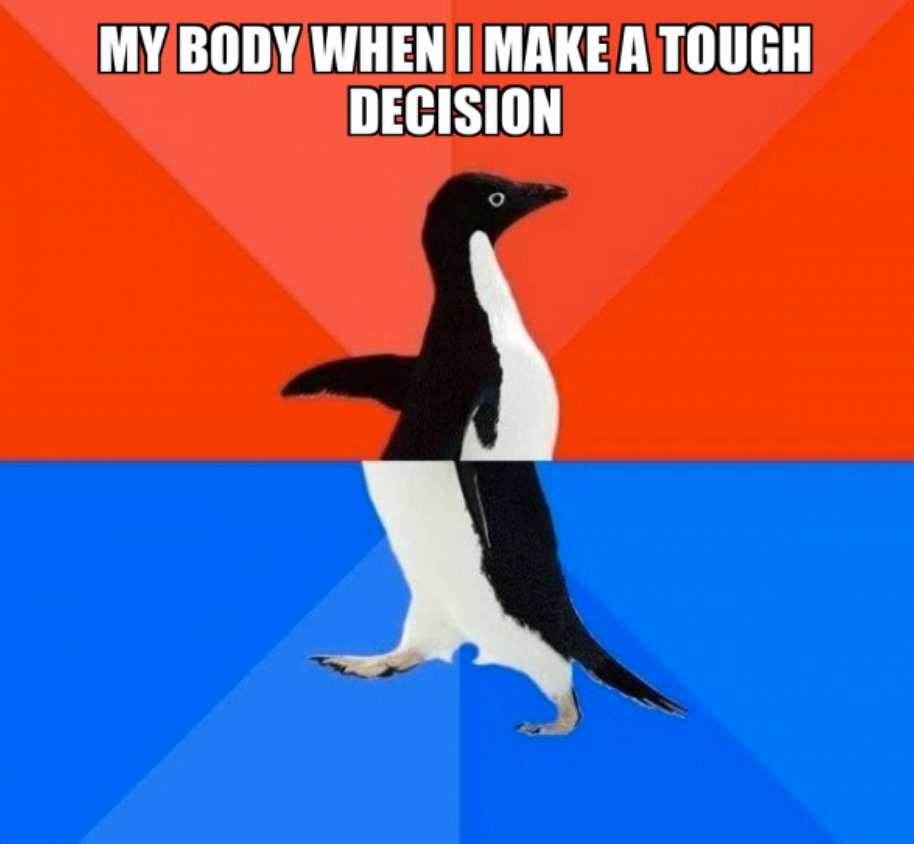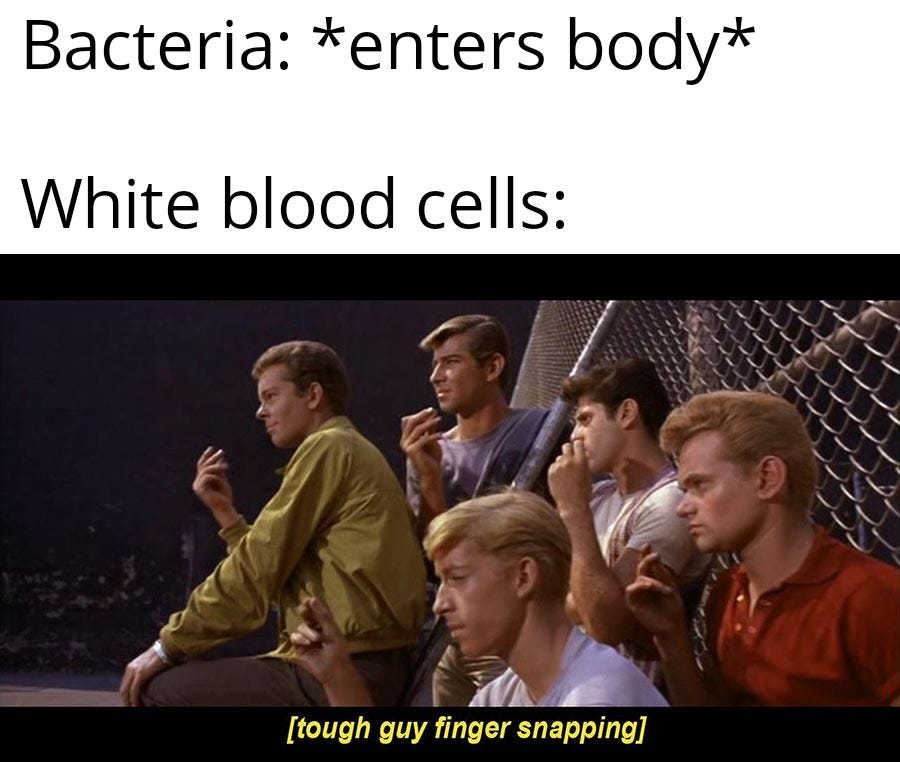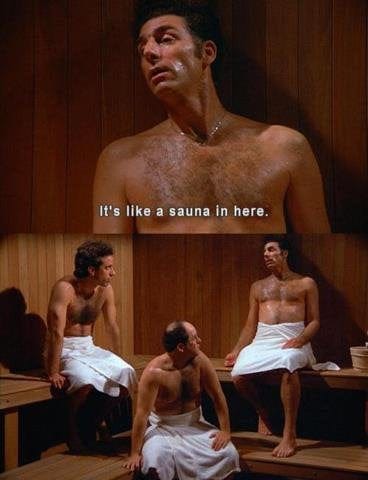Cold Exposure: From Vikings to Wim Hof - Why Ice Baths are Increasing in Popularity and 5 Key Benefits
Challenging Yourself With Intention - Exploring Cognitive and Physical Benefits of Cold Exposure
Weekly exploration of ideas and tools to live with intention, creating a more fulfilling and happier life.
Through With Intention, my aim is to explore concepts to become a better version of myself, and every person who benefits from me sharing my thoughts and analysis is an added and appreciated bonus.
This quote by Robin Sharma, often known as “The Monk Who Sold His Ferrari,” embodies why I started doing ice baths.
The quote, "Doing difficult things you've never done awakens the talents you never knew you had," showcases the power of challenging yourself beyond familiar boundaries. Think about it—when you're thrown into something tough and new, you've got to pull out skills and strengths you didn’t even know you had.
Ice baths are a perfect example of this. At first, plunging into freezing water sounds insane. It’s super uncomfortable and can take your breath away. But if you stick with it, you start to develop some serious grit, mental toughness, and the ability to keep control of your responses when things get tough.
I started doing ice baths when I was at a low point in my life just under 2 years ago. I had gone through a break-up, had developed some very negative self-talk, and to be honest, I didn’t recognize myself when I looked in the mirror because I had felt like I, for the first time in a while, was significantly off track of where I wanted my life to be going.
I remember scrolling through TikTok when I saw a guy doing an ice bath. I was very intrigued by it. Not because of the pick axe that he used to break the top layer of ice in what I assumed to be Canada, but because as he got in, he never lost his breath as he told a story. The story was about how he overcame an addiction to meth by using ice baths to empower himself to do hard things. He spoke about using the power of neurotransmitter production to expose himself to stress in a controlled way that allowed him to practice his responses in a healthy, productive way that aligned with his goals for his future healthy self.
Disclaimer: as I wrote this, I spent a solid 2 hours trying to find this TikTok, which I can vividly picture in my mind, but I think it must have been taken down due to the new increased restrictions on using names of drugs in content.
Although my issues at the time were not as serious as the abuse of meth, I, as the nerd that I am, decided to do a deep dive into the benefits of doing cold plunges, and I am so grateful that I did.
Today, we are going to explore the research that helped me get past my phase of feeling stuck and hopefully help you can learn something new and useful about deliberate cold exposure that can help you no matter where you are in your life.
Today’s Flow:
History & Research
History
The Vikings
The Romans
Modern Research
Advanced Understandings
5 Benefits of Deliberate Cold Exposure
Anterior Midcingulate Cortex - Deliberate Stress Exposure & Doing Hard Things
Serotonin & Oxytocin Production - Mood Regulation & Happiness
Thermogenesis - Metabolic Rate & Insulin
Immunity Increase - White Blood Cells
Contrast Therapy - Blood Flow & Recovery
Optimal Exposure
Time
Temperature
Conclusion
So let’s get into it.
History of Cold Exposure
Cold exposure therapy has roots that date back to ancient civilizations, where exposure to cold water or environments was used for health, religious, or cleansing purposes. The two cultures that I look to when thinking of deliberate cold exposure were the Vikings and the Romans. This is mainly because I grew up in a heavily Scandinavian and German part of the United States, and I have a love for Greek and Roman mythology and history.
I have learned that the Vikings and the Romans both practiced cold water immersion, but their reasons for doing so were influenced by different cultural, climatic, and social factors.
Let’s start with the Vikings.
The harsh environment of Scandinavia (and Minnesota/Wisconsin, where I grew up) has long and harsh winters, making the cold plunge a necessary part of life in ancient times. It was believed to help individuals withstand the physical and mental rigors of life in this challenging environment.
Climatic Adaptation: Living in the harsh, cold climates of Scandinavia, Vikings were naturally more accustomed to cold temperatures. Cold water dips in natural bodies of water were likely part of everyday life, helping them adapt to their environment and internal temperature regulation.
Health and Hygiene: The Vikings were notably cleaner than many other European societies at the time. They valued bathing and often used cold water as a way to maintain cleanliness and health. There have been many archaeological findings show evidence of their meticulous grooming and bathing habits. [1]
Ritual Significance: It was considered a rite of passage for young men, who would demonstrate their courage by jumping into the cold water, often during the winter months.
Now let’s take a look at the Romans.
One of the most iconic symbols of ancient Roman culture is the bathhouse, and these public spaces were central to their daily lives. Roman bathhouses were typically large, elaborate structures that offered a range of amenities, including cold pools for immersion.
Romans would visit the bathhouses to cleanse their bodies, socialize with friends, and relax.
Medical and Therapeutic Benefits: The use of cold water immersion in ancient Greece can be traced back to the time of the great physician Hippocrates, who is considered the father of modern medicine. He recommended cold water therapy for a variety of ailments, including fever, joint pain, and digestive problems. He believed that the shock of the cold water would stimulate the body’s healing process and improve overall health.
Part of a Comprehensive Bathing Ritual: In Roman bathhouses, a visit to the frigidarium (cold room) was typically the last step in the bathing process, following the warm and hot rooms. This sequence was thought to close the pores after sweating in the caldarium (hot room) and tepidarium (warm room), which was believed to cleanse the body and improve health.
Social and Leisure Activity: Bathing for Romans was also a communal, social activity where business and social interactions occurred. The cold baths were just one part of a larger leisure activity enjoyed by many layers of society.
*Side note: If you want a real-life experience of these, check out Ancient Aire Baths in a city near you (it is one of my favorite places).
While both Vikings and Romans used cold baths, the Vikings' practices were more driven by environmental adaptation and ritualistic purposes, whereas the Romans’ use of cold baths was deeply integrated into their public social life and sophisticated theories of health and wellness.
In modern times, the therapeutic use of cold has been studied more scientifically, especially since the 19th century. The resurgence and popularization of cold exposure can be significantly attributed to figures like Wim Hof, who has promoted combining cold exposure, breathing techniques, and meditation to harness health benefits.
Modern Research
Now, taking this to the present day, one primary invention I like to look to when understanding how our brains and bodies work is the computed tomography (CT) brain scan, which was invented in the early 1970s. This invention catalyzed modern research in many ways and amplified our understanding of cold exposure, helping to confirm what ancient societies had seemed to predict long ago.
With CT scans, researchers could, for the first time, take a detailed look at brain structures and see exactly how they react to cold [3]. This opened the door to further advances with MRI and PET scans, allowing scientists to track brain activity and its connection to bodily functions when exposed to cold temperatures. These imaging technologies showed us what's happening inside the brain in real time, providing the hard evidence to back up the benefits observed from cold exposure over time.
Thanks to these tools, research has gotten even broader and more detailed, mixing biology, psychology, and physiology to understand how cold exposure impacts us fully. This has paved the way for controlled clinical trials and extensive studies that focus on the health perks—everything from boosted immune systems to sharper brains. This blend of high-tech research tools and interdisciplinary study has made it clear why deliberate cold exposure can be very helpful.
It is also important to give credit to the democratization of this type of information by people like Wim Hof, Andrew Huberman, Rhonda Patrick, Tony Robbins, and Tim Ferris, who have reached millions with their work to help spread the word about this accessible practice for everyone.
So let’s get into the modern benefits and research.
5 Benefits of Deliberate Cold Exposure
We have now taken a look a the history of cold exposure and how new scientific developments have amplified our understanding of the benefits. Let’s dive deeper into 5 key benefits and practices.
1. Anterior Midcingulate Cortex - Deliberate Stress Exposure & Doing Hard Things
Research has shown that cold exposure leads to spikes in"noradrenaline and dopamine by 530% and by 250% respectively” [4]. This increase is a part of the body's stress response to cold, which triggers the sympathetic nervous system, the system responsible for the 'fight-or-flight' response, impairing your prefrontal cortex’s function by up to 50%—hence why it can be hard to talk your first time doing an ice bath. Norepinephrine acts not only as a neurotransmitter but also as a hormone in the blood, contributing to increased alertness, arousal, and readiness, which are necessary for coping with the stress of cold exposure.
I learned about this specific focus of cold exposure from Andrew Huberman, Neuroscientist, Stanford Professor, and Podcast host [5]. His discussion was around how cold exposure acts as a significant physical stressor, which immediately activates the anterior midcingulate cortex (aMCC), a part of the brain crucial for pain processing, cognitive control, and emotional regulation. This activation is a response to the stress perceived from the cold, triggering the brain's coping mechanisms to manage discomfort and maintain focus despite adverse conditions. According to Huberman, regular engagement with such stressors can "train" brain regions like the aMCC, enhancing their functionality and efficiency. This process is akin to muscle training, where repeated use strengthens and refines its capabilities. By frequently activating the aMCC by getting yourself into the ice bath against your biological predisposition not to enter due to perceived stress, you can improve your ability to handle challenging tasks, bolster attention during distressing situations, and regulate emotional responses more effectively.
I have personally seen this as my biggest improvement from doing ice baths.
During my ice baths, I focus on my biological response as I enter the water. I can feel the spikes in noradrenaline as my heart rate increases and I become more alert. It is also believed that your body starts to produce these hormones even before you get into the water, as your brain knows what it is about to experience, and it tries to prevent you from doing it.
After getting into the water, I practice my responses of keeping a clear mind and maintaining linear thoughts and speaking patterns in the controlled stress setting so when I do experience these stressful settings that are not controlled, I am able to keep calm and know that I have been in this situation before, and I know how I want to respond.
Now, when I find myself in stressful situations, whether that be a discussion with a person, a presentation to a room of 200+ people, or finding myself agitated by any external variables, I recognize the internal feeling of noradrenaline and dopamine increases, indicating that my body is going into fight-or-flight mode. I then stop myself to determine my response rather than have an immediate reactionary response, which is what our body is used to doing.
2. Serotonin & Oxytocin Production - Mood Regulation & Happiness
As a wannabe Neuroscientist, I was very compelled by cold exposure’s effects on our body's chemistry, particularly impacting the production of neurotransmitters like serotonin and oxytocin, which play crucial roles in mood regulation and the perception of happiness.
Serotonin is often called the "feel-good" neurotransmitter because it helps regulate mood, appetite, and sleep. When you're exposed to cold, your body tries to adapt to the stress by enhancing serotonin production, potentially leading to improved mood and feelings of well-being. Moreover, the physical discomfort and subsequent overcoming of it during cold exposure can lead to a psychological lift. This mental boost is caused by the increased levels of serotonin, which can naturally enhance your mood and decrease feelings of depression or anxiety.
Oxytocin, also known as the "love hormone," is associated with feelings of bonding and increased trust. It's generally released in response to physical or emotional warmth and connection, but interestingly, cold exposure can stimulate its release as well. The mechanism here involves the body’s response to stress and the subsequent relaxation phase. When exposed to cold, the body initially experiences a stress response, marked by the activation of the sympathetic nervous system. However, following this, there's a relaxation response mediated by the parasympathetic nervous system, during which oxytocin can be released. This release can promote a sense of calm and well-being, counteracting the initial stress of the cold.
This dual effect of enhancing serotonin and oxytocin through cold exposure can be quite beneficial. Not only does it help in mood regulation by increasing levels of these key neurotransmitters, but it also contributes to an overall sense of happiness and well-being. The initial discomfort of cold exposure might be challenging, but the subsequent neurochemical changes can provide significant mental health benefits, making the practice worth it.
3. Thermogenesis - Metabolic Rate & Insulin
Cold water swimming induces thermogenesis, a process where the body burns calories to generate heat, thereby increasing metabolic rate. This activity not only helps in managing body weight but also improves insulin sensitivity. This is caused by a rise in adiponectin levels, a hormone that promotes insulin regulation. Enhanced insulin sensitivity can aid in better glucose metabolism, contributing to overall energy efficiency and potentially reducing the risk of type 2 diabetes.
4. Immunity Increase - White Blood Cells
Cold exposure is increasingly studied for its potential to enhance immune system function, particularly through the mobilization and increased activity of white blood cells.
When exposed to cold, as we discussed, the body activates its sympathetic nervous system, which is responsible for that "fight-or-flight" response. Part of this activation prompts the release of immune cells, particularly white blood cells, from the spleen, bone marrow, and other immune organs into the bloodstream.
The immediate release of white blood cells into the bloodstream enhances the body's ability to detect and fight pathogens more effectively. According to the American Physiological Society Journal [6], the types of white blood cells that are typically increased include lymphocytes (which are crucial for producing antibodies and regulating the immune response), neutrophils (which help fight infection by ingesting bacteria and fungi), and monocytes (which have a role in removing pathogens and dead or damaged cells). This indicates not only an increase in immune cells but also an enhancement in immune communication and response coordination.
5. Contrast Therapy - Blood Flow & Recovery
This is the only benefit we will analyze that has additional elements that you can introduce alongside cold exposure. Contrast therapy, which involves alternating between hot and cold (think ice bath and sauna), effectively enhances blood flow and aids in muscle recovery. The hot water dilates blood vessels, increasing blood flow and flushing out toxins, while the cold water constricts them, reducing inflammation and stimulating the flow of nutrient-rich blood once the temperature normalizes. This practice is particularly beneficial after intense physical workouts, helping to speed up the recovery process and reduce muscle soreness.
This is the newest addition to my practice. I used to hold heat and cold exposure to different timings because I believed it maximized my serotonin and oxytocin uptake by focusing solely on cold exposure. However, I have found the introduction of this practice very useful in recovery and a good reminder to keep up to date with new developments in these spaces.
Optimal Exposure
It is important to emphasize that no strict "one-size-fits-all" duration for cold exposure applies universally. It is beneficial to start with shorter durations and slightly less intense temperatures and gradually increase the time spent in cold exposure as you become more accustomed to the stress.
1. Time
Generally, for ice baths, a good place to target is 1-3 minutes per session to start. This gives time to trigger the physiological and neurotransmitter responses, eliciting the key benefits without putting your body into immense shock. The literature suggests 11 minutes per week is optimal on average, which I target for my practice. Still, as the body acclimates over time, this can be increased in a safe and intentional manner.
It is important to listen to your body and adjust based on personal comfort and safety, as going too long in extremely cold temperatures can be counterproductive or even dangerous. The key is consistency and gradual progression to avoid that shock and maximize benefits.
2. Temperature
It often surprises people that I discuss cold exposure with that a cold plunge can be effective even at temperatures as high as 10°C to 15°C (50°F to 59°F). This range is cold enough to trigger the physiological responses we’ve been discussing without being so extreme as to pose a risk of hypothermia for most people when used for typical durations.
I personally do my cold plunges between 6 °C and 10 °C, as that is what you will usually find in standard cold plunge fitness studios, and because my body has started to develop a tolerance over the years.
Ultimately, the best temperature for your cold plunge will depend on your specific goals, how your body reacts to the cold and your experience level with cold exposure. Starting at milder temperatures and working your way colder can be a good strategy to build tolerance and gain the maximum benefits safely.
Conclusion
As we've explored the many impacts of deliberate cold exposure, it's clear that this ancient practice, now revived through scientific validation, offers more than just a momentary cooling refreshment. The benefits range from enhanced mood and cognitive function to improved muscle recovery and immune response. By integrating practices such as ice baths into our routines, we're not just engaging in a passing wellness trend but tapping into a deep-seated tradition that stimulates the body and sharpens the mind. The journey through history from the Vikings to modern neuroscientific discoveries by researchers like Andrew Huberman affirms its place in a holistic approach to health.
Embracing the cold requires more than tolerance; it demands an intentional approach to pushing our limits and exploring our body's potential. Whether you're seeking to boost your immune system, enhance recovery from intense physical activity, or foster mental resilience, the practice of cold plunging is a great testament to the power of environmental stress as a catalyst for positive change with intention. As we continue to learn from both historical wisdom and new science, it becomes increasingly apparent that sometimes, stepping out of our comfort zone and into the cold can lead to transformative health benefits, making us stronger, healthier, and more intentional with our body's innate capabilities.
Thank you for joining me for this week’s exploration!
With intention,
Brian
Sources and Helpful links:
[1] Vikings Bathing & Grooming Habits: https://ucatholic.com/blog/why-medieval-catholic-monks-grumbled-over-vikings-unexpected-cleanliness/
[2] Acienct Aire Baths: https://beaire.com/index.php?q=en
[3] CT Scans & Brain Imaging: https://www.ncbi.nlm.nih.gov/pmc/articles/PMC8555965/
[4] Stress response: https://pubmed.ncbi.nlm.nih.gov/10751106/
[5] Huberman Podcast: link here
[6] American Physiological Society Journal: chrome-extension://efaidnbmnnnibpcajpcglclefindmkaj/https://journals.physiology.org/doi/pdf/10.1152/jappl.1999.87.2.699#:~:text=Subsequent%20cold%20exposure%20induced%20a,%2D%20locyte%2C%20and%20monocyte%20response.





